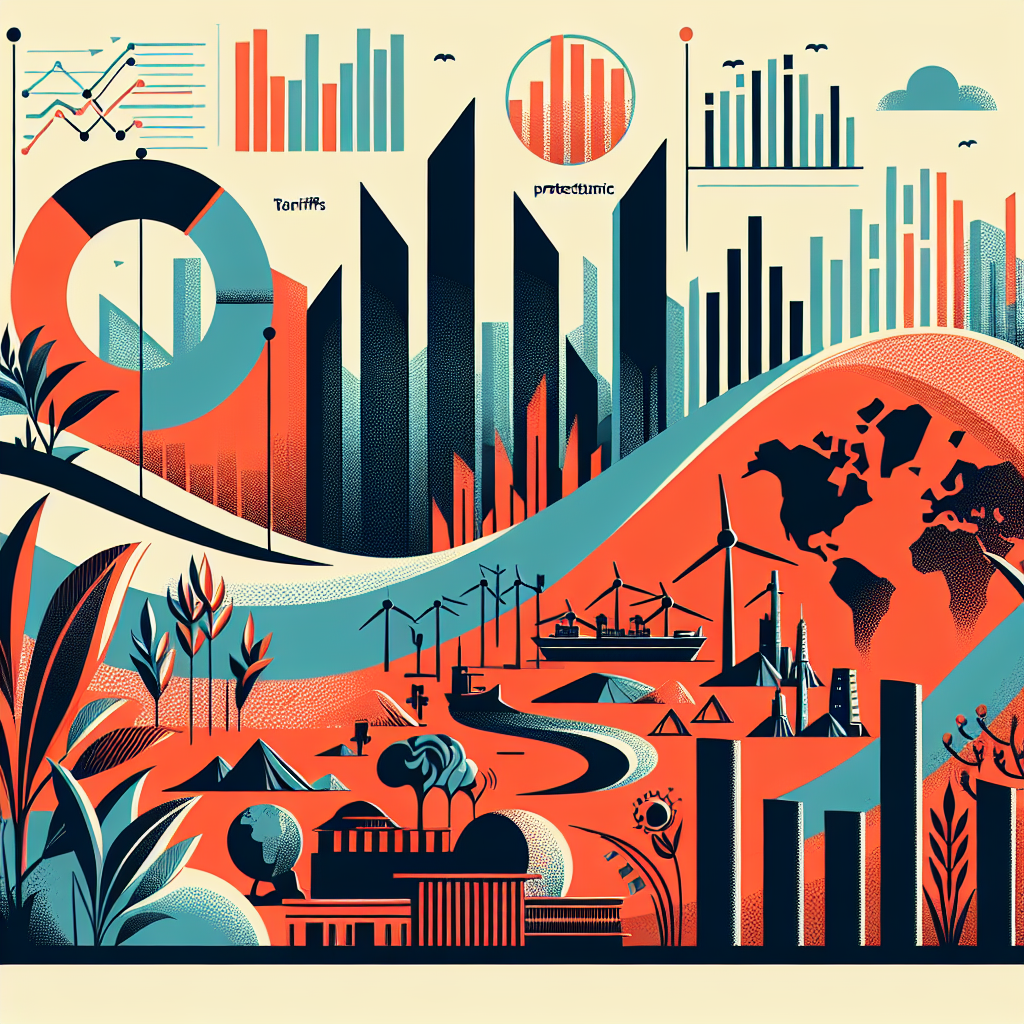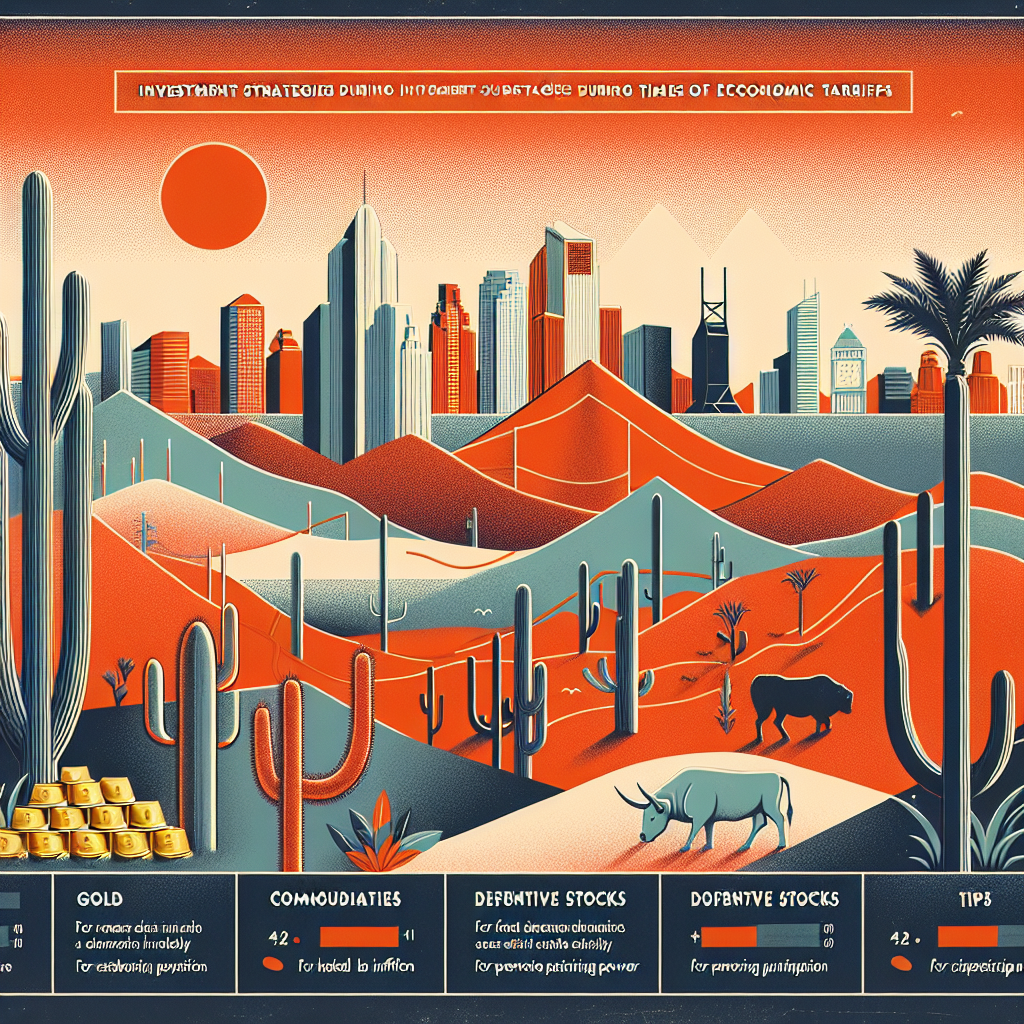Overcoming the Fear of Moving Abroad

Have you ever dreamed of moving abroad to start a new chapter in your life, yet found yourself hesitating at the thought of leaving your comfort zone? You're not alone. Many of us feel drawn toward exciting opportunities overseas—whether for career growth, education, or simply a fresh start—but uncertainty and fear often hold us back.
As someone originally from Hong Kong who has embarked on two international moves—first to Brisbane, Australia (December 2012–June 2014), and later to Singapore (September 2020–present)—I understand firsthand the psychological struggles involved in making such life-changing decisions. Each move brought excitement and anticipation, but also anxiety about leaving behind family, friends, and familiar surroundings. Questions filled my mind: Would I find suitable employment? Could I adapt to a new culture? Would I regret leaving behind the stability I'd built?
These feelings are rooted deeply in human psychology, specifically in a concept known as "loss aversion." Nobel Prize-winning psychologist Daniel Kahneman and his colleague Amos Tversky introduced this idea to explain why we fear losses more intensely than we value equivalent gains. Simply put, the pain of losing something familiar often outweighs the excitement of gaining something new—even if the potential rewards are substantial.
Loss aversion explains why many people hesitate to migrate, despite clear opportunities abroad. The uncertainty of finding employment, adapting culturally, or building new social networks can feel daunting. Even small risks associated with migration can seem overwhelming when viewed through this psychological lens.
Beyond loss aversion, another hidden psychological factor influences our hesitation: our desire to maintain a positive self-image. Most of us prefer seeing ourselves as intelligent, responsible individuals rather than foolish or irresponsible ones. Taking risks means potentially exposing ourselves to failure or disappointment—something we instinctively avoid. For instance, someone capable of migrating but choosing not to do so might comfort themselves by imagining hypothetical success: "If I had moved abroad, surely I would have succeeded." By not taking action, they preserve this comforting illusion indefinitely.
Yet here's the truth I've discovered through personal experience: stepping outside your comfort zone and embracing uncertainty can lead to incredible personal growth and fulfillment. My time in Australia taught me invaluable lessons about adaptability and resilience. Overcoming initial challenges boosted my confidence and broadened my perspective on life. Years later, when contemplating my move to Singapore amidst global uncertainties in 2020, these earlier experiences gave me strength and courage to once again embrace change.
Today, living in Singapore has rewarded me beyond expectations—professionally enriching experiences combined with vibrant cultural immersion have reinforced my belief that calculated risks often yield profound rewards. Migration is indeed an adventure—one filled with uncertainty and occasional setbacks—but it also offers unparalleled opportunities for personal development and lasting fulfillment.
If you're considering moving abroad but find yourself hesitating due to fear or uncertainty, remember this: life is inherently unpredictable; no decision comes without risk. However, by confronting our fears directly rather than allowing them to control us subconsciously through loss aversion or self-image preservation tactics, we open ourselves fully toward growth opportunities waiting just beyond our comfort zones.
Ultimately, the greatest risk may be never taking one at all. So when opportunities arise that could transform your life for the better—embrace them courageously. Your future self will thank you for having taken that bold first step into a world filled with possibility and adventure.


